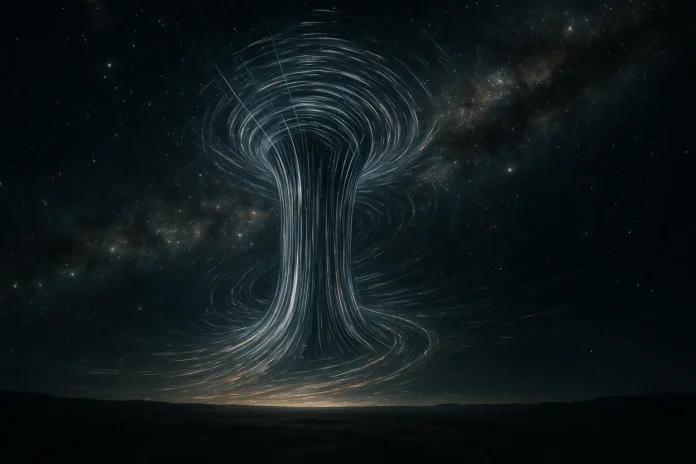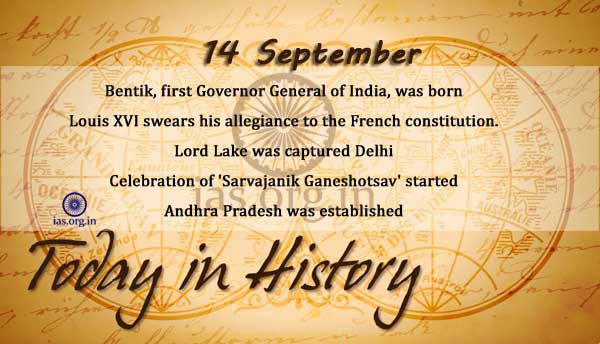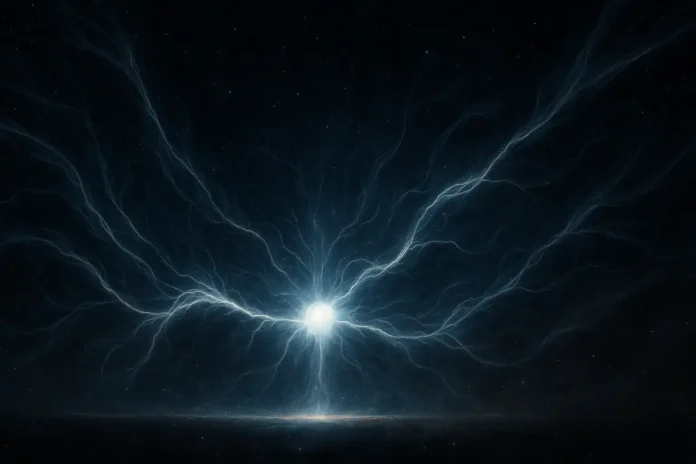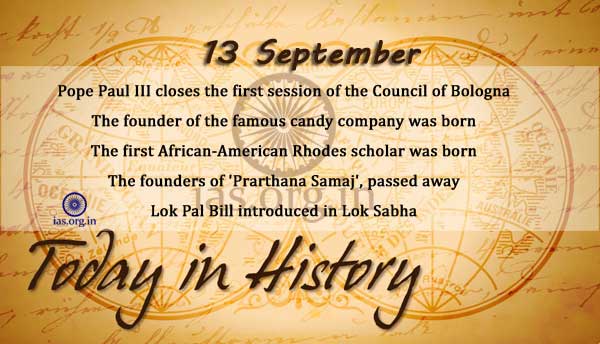Table of Contents
- Introduction
- The Motivation for Supersymmetry
- Fermions and Bosons in Quantum Field Theory
- The Hierarchy Problem
- Basics of Supersymmetry (SUSY)
- Supersymmetry Algebra
- Superpartners and Supermultiplets
- Chiral and Vector Supermultiplets
- Superspace and Superfields
- SUSY Transformations
- SUSY Lagrangians
- Wess–Zumino Model
- Gauge Supersymmetry
- SUSY Invariant Actions
- Extended Supersymmetry
- Supersymmetry Breaking
- Soft SUSY Breaking
- Minimal Supersymmetric Standard Model (MSSM)
- R-Parity and Dark Matter Candidates
- Phenomenological Implications
- SUSY and Unification of Forces
- SUSY and String Theory
- Experimental Searches for SUSY
- Challenges and Open Questions
- Conclusion
1. Introduction
Supersymmetry (SUSY) is a theoretical framework that proposes a symmetry between fermions (matter particles) and bosons (force carriers). Each particle has a corresponding “superpartner” with different spin statistics. SUSY offers solutions to several major issues in particle physics and is a cornerstone in many extensions of the Standard Model and string theory.
2. The Motivation for Supersymmetry
Supersymmetry addresses key theoretical issues:
- The hierarchy problem
- Grand unification of forces
- Inclusion in string theory
- Dark matter candidates
- Better UV behavior of quantum field theories
3. Fermions and Bosons in Quantum Field Theory
Particles are classified as:
- Fermions: half-integer spin, follow Pauli exclusion principle
- Bosons: integer spin, can occupy the same state
Standard Model includes both:
- Fermions: quarks, leptons
- Bosons: photons, W/Z bosons, gluons, Higgs
4. The Hierarchy Problem
The mass of the Higgs boson receives large quantum corrections, leading to fine-tuning. Supersymmetry cancels divergent contributions from boson and fermion loops, stabilizing the Higgs mass.
5. Basics of Supersymmetry (SUSY)
SUSY postulates:
- Each boson has a fermionic superpartner
- Each fermion has a bosonic superpartner
- These partners differ by half a unit of spin
Example:
- Electron ↔ Selectron
- Photon ↔ Photino
- Quark ↔ Squark
6. Supersymmetry Algebra
The SUSY algebra extends the Poincaré algebra with generators \( Q_\alpha \) and \( \bar{Q}_{\dot{\alpha}} \) satisfying:
\[
\{ Q_\alpha, \bar{Q}{\dot{\beta}} \} = 2 \sigma^\mu{\alpha \dot{\beta}} P_\mu
\]
This relates internal spin and spacetime translations.
7. Superpartners and Supermultiplets
SUSY groups particles into supermultiplets:
- Particles in a supermultiplet differ by spin
- Equal number of bosonic and fermionic degrees of freedom
8. Chiral and Vector Supermultiplets
- Chiral supermultiplet: scalar and Weyl fermion
- Vector supermultiplet: gauge boson and gaugino
These are building blocks of SUSY field theories.
9. Superspace and Superfields
SUSY is conveniently formulated in superspace:
- Superspace extends spacetime by adding Grassmann coordinates \( \theta \)
- Fields are combined into superfields with components of different spins
10. SUSY Transformations
A SUSY transformation shifts bosons into fermions and vice versa:
\[
\delta \phi = \bar{\epsilon} \psi, \quad \delta \psi = i \sigma^\mu \bar{\epsilon} \partial_\mu \phi
\]
Here \( \epsilon \) is a spinor parameter.
11. SUSY Lagrangians
SUSY Lagrangians are constructed to be invariant under SUSY transformations. They include:
- Kinetic terms for bosons and fermions
- Interaction terms derived from superpotentials
12. Wess–Zumino Model
The simplest interacting SUSY theory:
- Contains one scalar and one Majorana fermion
- Includes interactions preserving SUSY
This model is the prototype for building more complex SUSY theories.
13. Gauge Supersymmetry
Gauge interactions can be made supersymmetric by introducing vector superfields and ensuring covariant derivatives respect SUSY.
14. SUSY Invariant Actions
An action \( S \) is SUSY invariant if:
\[
\delta S = 0 \quad \text{under SUSY transformations}
\]
This ensures the consistency of the theory under quantum corrections.
15. Extended Supersymmetry
N=1 SUSY: minimal in 4D
N=2, N=4 SUSY: extended theories with multiple supercharges
- Higher N leads to more symmetry and more constraints
- N=4 is finite and conformal in 4D
16. Supersymmetry Breaking
SUSY must be broken, since no superpartners have been observed. Breaking mechanisms:
- Spontaneous breaking
- Soft breaking terms
17. Soft SUSY Breaking
Soft terms break SUSY without spoiling renormalizability:
- Scalar masses
- Gaugino masses
- Trilinear couplings
They allow viable SUSY phenomenology.
18. Minimal Supersymmetric Standard Model (MSSM)
The MSSM is the simplest SUSY extension of the SM:
- Doubles particle content
- Introduces R-parity
- Provides a dark matter candidate (neutralino)
19. R-Parity and Dark Matter Candidates
R-parity is a discrete symmetry:
\[
R = (-1)^{3(B-L) + 2s}
\]
SM particles have \( R = +1 \), superpartners have \( R = -1 \). The lightest SUSY particle (LSP) is stable and a dark matter candidate.
20. Phenomenological Implications
- Gauge coupling unification
- Solutions to hierarchy problem
- Radiative electroweak symmetry breaking
- Dark matter predictions
21. SUSY and Unification of Forces
SUSY improves gauge coupling unification at high energies, supporting Grand Unified Theories (GUTs).
22. SUSY and String Theory
SUSY is integral to string theory:
- Superstrings require SUSY
- Helps cancel anomalies
- Enables consistent theories of quantum gravity
23. Experimental Searches for SUSY
SUSY has not been observed at the LHC:
- Limits on squark and gluino masses > TeV
- Searches continue in higher energy colliders and dark matter experiments
24. Challenges and Open Questions
- Why has SUSY not been observed?
- What is the SUSY breaking scale?
- Is MSSM the correct extension?
- Are there signals in cosmology or neutrino physics?
25. Conclusion
Supersymmetry is a profound theoretical framework that provides deep insights into the structure of matter and spacetime. Though yet unobserved, it remains a leading candidate for physics beyond the Standard Model. Its implications for unification, quantum gravity, and dark matter continue to drive experimental and theoretical exploration.






